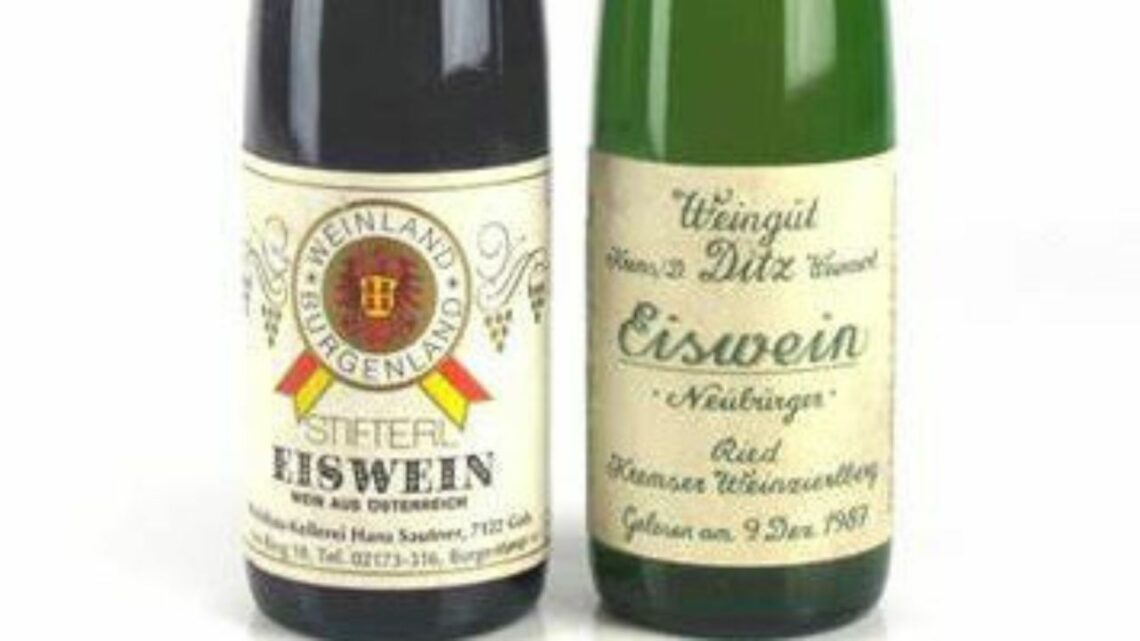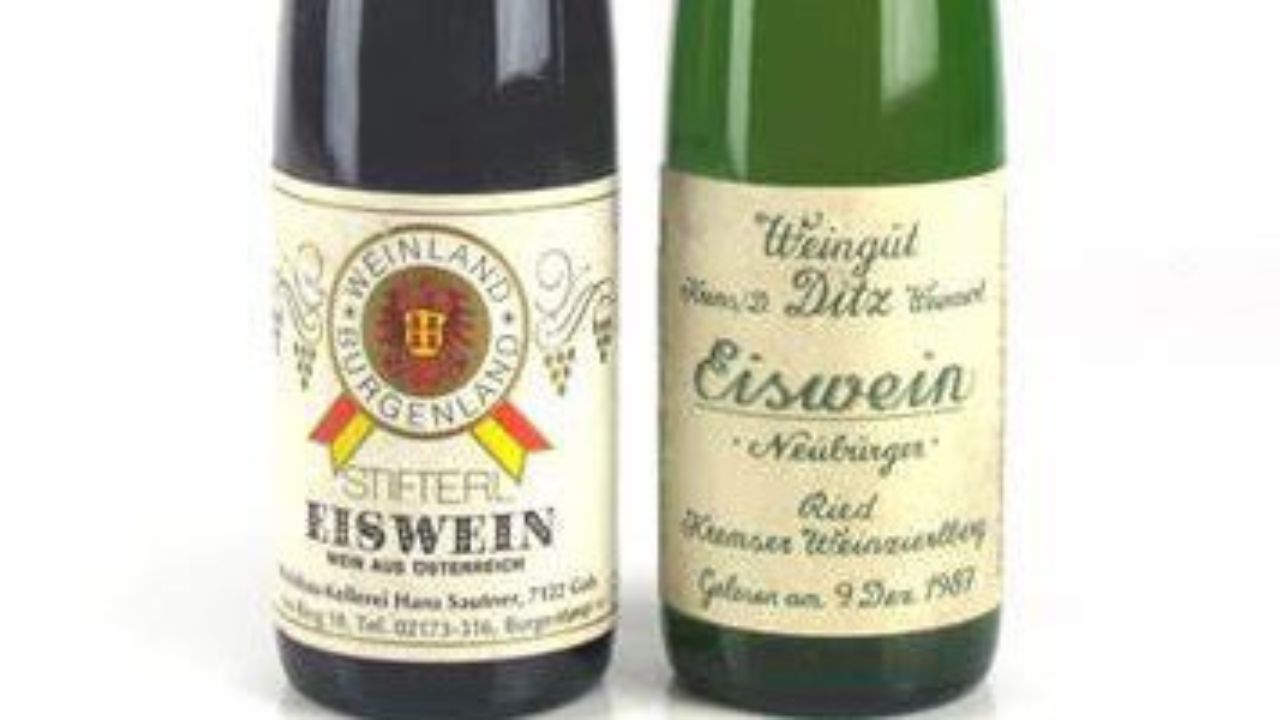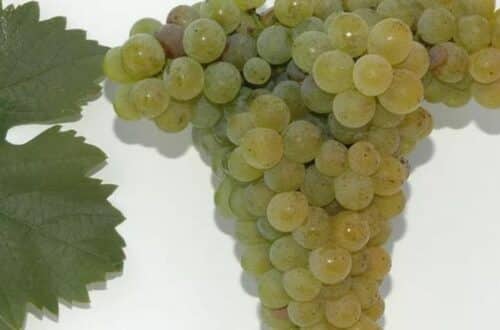
Which country produces more Ice wine, Canada or Austria?
Ice wine, a luxurious and sought-after sweet wine, is produced in various regions around the world. However, when it comes to the largest producers of this exquisite beverage, two countries stand out: Canada and Austria.
Both Canada and Austria have unique climates and winemaking traditions that contribute to the production of this specialized wine.
So, of course, the following question arises : Which country produces more Ice wine, Canada or Austria?
In this article, we will delve into the comparison between Canada and Austria as major ice wine producers, exploring their respective contributions, techniques, and the factors that set them apart in the world of ice wine production.
How is ice wine made?
Ice wine production involves leaving the grapes on the vines during winter, allowing the water inside the berries to freeze. The grapes are then harvested and pressed, with the frozen water (ice) remaining in the press, resulting in higher sugar content in the extracted juice.

In Canada, grapes are typically harvested at temperatures between -12 and -15°C, producing ice wines with 9-12% alcohol.
In Austria and other European countries, grapes are harvested at -7°C or lower, resulting in ice wines with 7-9% alcohol.
The winter harvest requires careful timing and preparation, including netting the grapevines to protect the grapes from animals. Handpicking is common, and pressing occurs while the grapes are still frozen to preserve the concentrated sweetness.
The extracted juice undergoes a slow, cold fermentation process to retain the fruit flavors and characteristics. Ice wines are known for their intense flavors, lusciousness, and balanced acidity and sweetness
- Grapes starting to freeze at <0°C (<32°F);
- Grapes are solid frozen at <-11°C (<12°F);
- Most optimum temperature for ice wine pressing is between -8 and -6°C (16-20°F).
Ice wine in Canada
Canadian vineyards are subject to a harsh continental climate, but it is also tempered by the influence of large bodies of water. This unique combination creates the perfect environment for the production of world-renowned ice wines.
In particular, regions like Ontario’s Niagara Peninsula and British Columbia’s Okanagan Valley have gained a reputation for their exceptional ice wines. These wines are primarily crafted from grape varieties such as Riesling, hence the distinctive flavors and aromas.
In some cases, Vidal Blanc, a hybrid grape variety known for its robustness, is added to the blend.
However, Vidal does not possess the same acidity and aromatic complexity as Riesling.
Ice wine in Austria
Like most of Austrian dry wines, Austrian Ice wines are typically crafted from indigenous grape varieties such as Grüner Veltliner and Riesling.
The country’s winemakers employ traditional methods and expertise to harvest the grapes at optimal freezing temperatures and create exceptional Ice wines.
Austria’s Ice wine production is governed by strict regulations, ensuring the authenticity and quality of the wines
Comparison : Which country produces more Ice wine, Canada or Austria?
When comparing Ice wine production between Canada and Austria, several factors come into play.
Canada’s colder climate, particularly in regions like Ontario and British Columbia, offers a longer and more consistent period for grape freezing, resulting in greater production volumes. The country’s vast vineyard acreage dedicated to Ice wine also contributes to its higher output.
On the other hand, Austria’s smaller vineyard area and specific grape varieties used in Ice wine production result in comparatively smaller quantities.
Today, most of the world’s ice wine is made in Canada, where climate conditions are more appropriate for production. Most of the so-called Ice wine in Canada is produced in Ontario, British Columbia, Quebec, and Nova Scotia regions, where its production is strictly regulated.
Factors influencing ice wine production and impact of climate change
The production of Ice wine is influenced by various factors, including climate change, vineyard management practices, winemaking expertise, and continuous innovation.
Both Canada and Austria face challenges from climate change, which affects the frequency and intensity of freezing temperatures necessary for Ice wine production.
Vineyard management practices, such as canopy management and grape selection, are crucial in ensuring optimal grape quality.
Additionally, ongoing research and investment in innovation further enhance the quality and reputation of Ice wines.
While warming winters and unfavorable weather conditions pose challenges, Canada’s micro climate conditions, particularly in the Niagara Peninsula, offer more favorable conditions for ice wine production, making Canada the world’s largest producer of ice wine.
Ontario, in particular, accounts for the majority of ice wine production in Canada.
Conclusion : Which country produces more Ice wine, Canada or Austria?
In present times, the majority of ice wine production takes place in Canada, benefiting from climate conditions that are highly conducive to its production.
The key Canadian regions known for ice wine production include Ontario, British Columbia, Quebec, and Nova Scotia, where the production is subject to stringent regulations.
These regulations ensure the quality and authenticity of the ice wines produced in these regions.







